This guide provides both identification details and a variety of uses for each plant, helping you make the most of your foraging adventures!
—
March
Nettles (Urtica dioica)
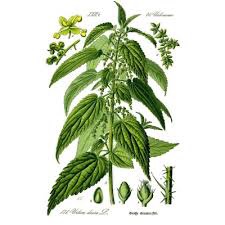
Description: A nutrient-dense herb with serrated leaves and tiny stinging hairs. Best harvested in early spring before flowering.
Uses: High in iron, calcium, and vitamins A and C. Used for detoxification, reducing inflammation, and strengthening the immune system.
Nettle Soup
Ingredients:
– 2 cups young nettle leaves
– 1 onion, chopped
– 2 potatoes, diced
– 4 cups vegetable broth
– 1 tbsp butter or oil
– Salt and pepper to taste
Instructions:
1. Sauté onion in butter until soft.
2. Add potatoes and broth; simmer until potatoes soften.
3. Add nettles and cook for 5 minutes.
4. Blend until smooth and season to taste.
Nettle Tea
Steep 1 tsp dried nettle leaves in hot water for 5 minutes.
Nettle Infused Vinegar
Fill a jar with fresh nettle leaves and cover with apple cider vinegar. Let sit for 2-4 weeks, then strain.
Nettle Pesto
Ingredients:
– 2 cups young nettle leaves
– ½ cup nuts (walnuts or almonds)
– ½ cup olive oil
– ½ cup grated cheese (optional)
– Salt to taste
Instructions: Blend all ingredients until smooth.
Wild Garlic (Allium ursinum)
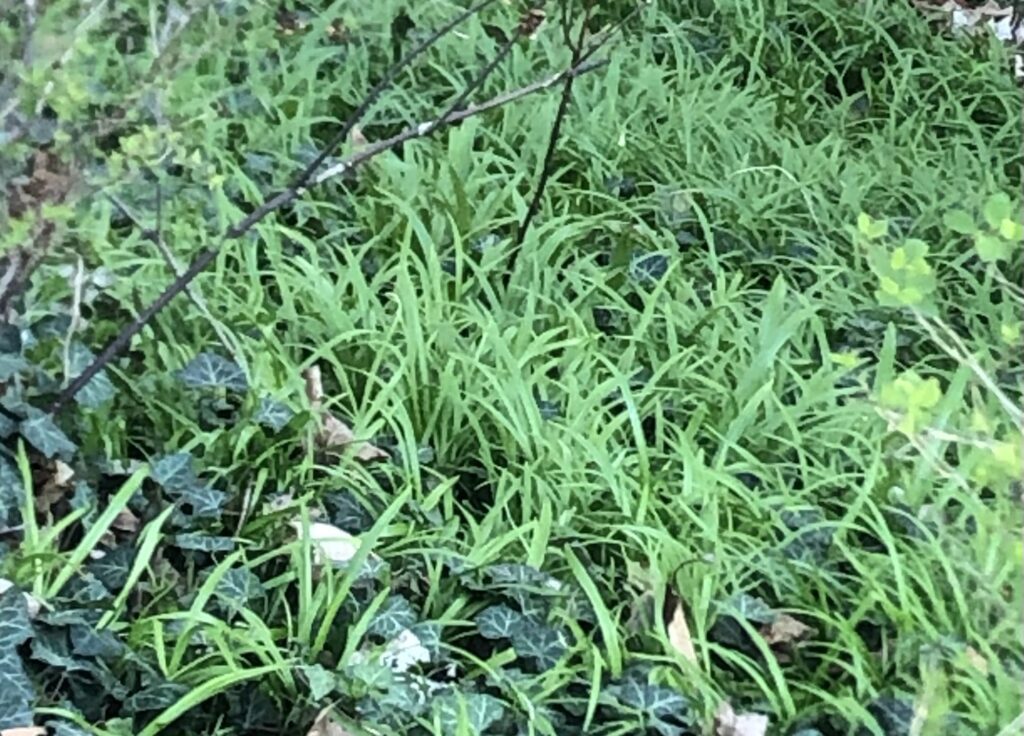
Description: Broad green leaves with a strong garlic smell, found in damp woodlands.
Uses: Antimicrobial, supports digestion, and lowers blood pressure.
Wild Garlic Pesto
Ingredients:
– 2 cups wild garlic leaves
– ½ cup nuts (walnuts, almonds, or pine nuts)
– ½ cup olive oil
– ½ cup grated cheese (optional)
– Salt to taste
Instructions: Blend all ingredients until smooth.
Fermented Wild Garlic Paste
Blend wild garlic leaves with salt (2% of weight), place in a jar, and ferment for 1-2 weeks.
Wild Garlic Butter
Ingredients:
– 100g butter, softened
– 2 tbsp finely chopped wild garlic
– Salt to taste
Instructions: Mix all ingredients and store in the fridge.
—
April
Dandelion (Taraxacum officinale)
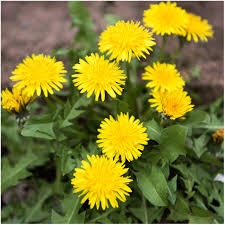
Description: Yellow flowers, jagged leaves, and a deep taproot.
Uses: Supports liver health, digestion, and detoxification.
Ingredients:
– 2 cups dandelion flowers
– 4 cups water
– 2 cups sugar or honey
– 1 lemon, sliced
Instructions:
1. Simmer flowers in water for 20 minutes.
2. Strain and return liquid to pot.
3. Add sugar and lemon, then simmer until thickened.
Dandelion Root Coffee
Roast dried dandelion roots until brown, grind, and brew like coffee.
Dandelion Leaf Salad
Toss fresh dandelion leaves with olive oil, lemon juice, salt, and sliced tomatoes.
Chickweed (Stellaria media)
Description: Low-growing plant with small white flowers and oval leaves.
Uses: Anti-inflammatory, supports digestion, and aids wound healing.
Chickweed Salad
Toss fresh chickweed leaves with olive oil, lemon juice, salt, and sliced radishes.
Chickweed Tincture
Fill a jar with fresh chickweed and cover with alcohol (vodka or brandy). Let sit for 4-6 weeks, then strain.
Chickweed Balm
Mix chickweed-infused oil with melted beeswax to make a soothing skin balm.
—
May
Elderflower (Sambucus nigra)
Description: White clusters of tiny flowers with a sweet aroma. Found on elder trees in hedgerows.
Uses: Antiviral, supports immunity, and soothes allergies.
Elderflower Cordial
Ingredients:
– 20 elderflower heads
– 1 liter water
– 1 kg sugar
– 2 lemons, sliced
Instructions:
1. Boil water and sugar, then add elderflowers and lemon.
2. Let steep for 24 hours, strain, and bottle.
Elderflower Tea
Steep 1 tsp dried elderflowers in hot water for 5 minutes.
Elderflower Fritters
Dip elderflower heads in a light batter and fry until golden brown.
Plantain (Plantago major/lanceolata)
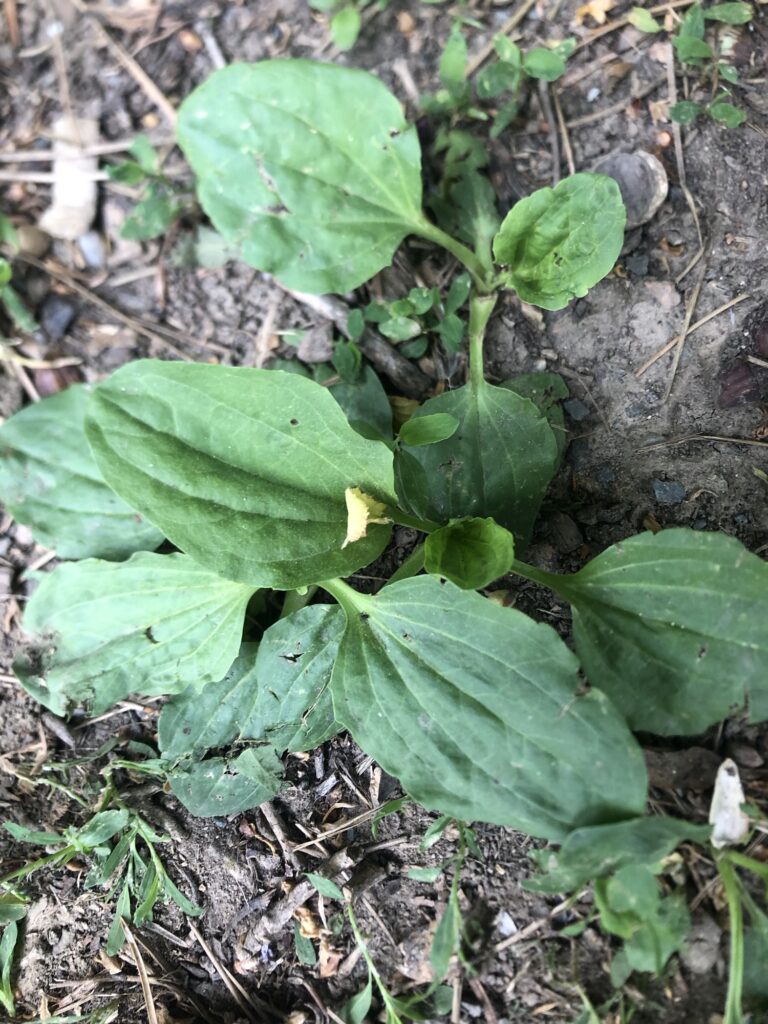
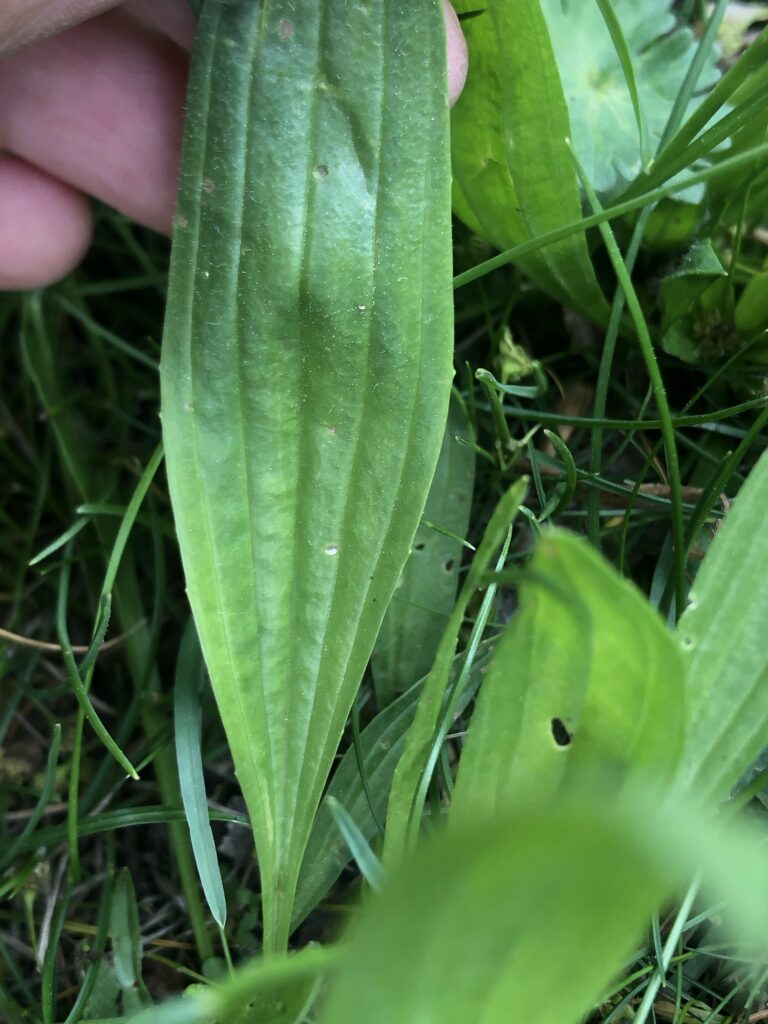
Description: Broad (first photo) or lance-shaped (second photo) leaves with parallel veins. Found in meadows and along paths.
Uses: Anti-inflammatory, wound healing, and soothing for coughs.
Plantain Infused Oil
Fill a jar with fresh plantain leaves, cover with oil, and let sit for 4 weeks. Strain and use for skin irritations.
Plantain Poultice
Chew fresh leaves and apply to insect bites or wounds to soothe irritation.
Plantain Tea
Steep 1 tsp dried plantain leaves in hot water for 5 minutes to soothe respiratory issues.
—
Have you tried foraging in spring? What are your favorite wild plants to gather, and how do you use them? Share your recipes in the comments below! Your insights might inspire others to explore nature’s gifts. 🌿
Did you know you can make pesto from many different wild plants? Here are some ideas: The Ultimate Guide to Vegan Pesto: Wild & Foraged Greens for a Nutrient-Packed Twist
Leave a Reply